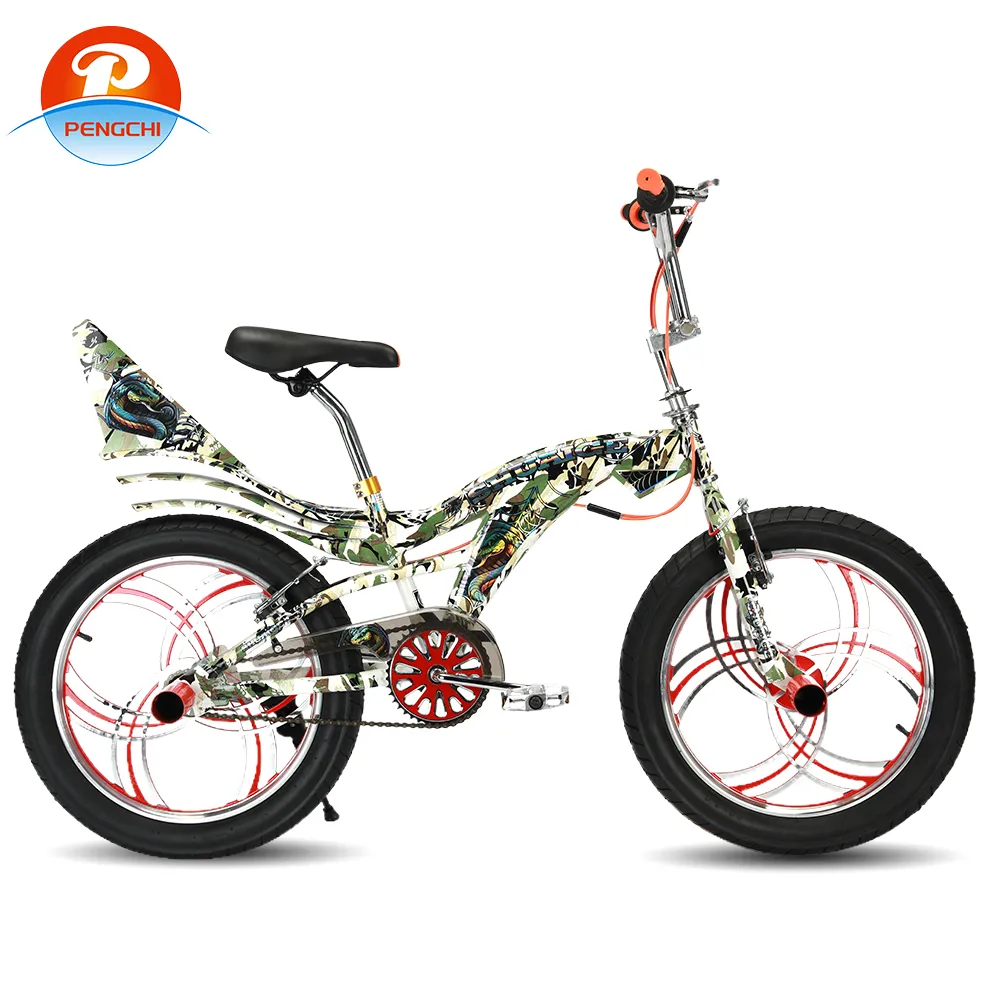
-
 Afrikaans
Afrikaans -
 Arabic
Arabic -
 Belarusian
Belarusian -
 Bengali
Bengali -
 Bulgarian
Bulgarian -
 Croatian
Croatian -
 Czech
Czech -
 Danish
Danish -
 Dutch
Dutch -
 English
English -
 Finnish
Finnish -
 French
French -
 German
German -
 Greek
Greek -
 hawaiian
hawaiian -
 Hebrew
Hebrew -
 Hindi
Hindi -
 Hungarian
Hungarian -
 Indonesian
Indonesian -
 irish
irish -
 Italian
Italian -
 Japanese
Japanese -
 Javanese
Javanese -
 kazakh
kazakh -
 Khmer
Khmer -
 Korean
Korean -
 Kyrgyz
Kyrgyz -
 Lao
Lao -
 Latin
Latin -
 Luxembourgish
Luxembourgish -
 Malay
Malay -
 Myanmar
Myanmar -
 Norwegian
Norwegian -
 Persian
Persian -
 Polish
Polish -
 Portuguese
Portuguese -
 Romanian
Romanian -
 Russian
Russian -
 Serbian
Serbian -
 Slovak
Slovak -
 Somali
Somali -
 Spanish
Spanish -
 Swedish
Swedish -
 Tagalog
Tagalog -
 Thai
Thai -
 Turkish
Turkish -
 Turkmen
Turkmen -
 Ukrainian
Ukrainian -
 Uighur
Uighur -
 Vietnamese
Vietnamese
Oct . 14, 2024 12:54 Back to list
Tips for Selecting the Perfect Mountain Bike for Your Adventures
Choosing the Right Mountain Bike A Comprehensive Guide
With the rising popularity of mountain biking, selecting the appropriate bike has become a crucial decision. Whether you’re a seasoned rider or a newcomer eager to explore the trails, understanding how to choose the right mountain bike can significantly enhance your riding experience. This guide will help you navigate through the essential factors to consider when choosing a mountain bike.
1. Define Your Riding Style
Before you dive into the specifics of bike components and brands, it’s essential to define your riding style. Mountain biking encompasses various disciplines such as cross-country (XC), trail riding, all-mountain, downhill, and freeride. Each discipline requires different bike features
- Cross-Country Bikes Designed for speed and efficiency, these bikes are lightweight with a focus on climbing and long distances. They often feature a hardtail (front suspension only) or a lightweight full suspension. - Trail Bikes Offering a balanced mix of climbing efficiency and downhill capability, trail bikes are versatile and can handle a variety of terrains. These typically have more robust frames and moderate suspension travel.
- All-Mountain Bikes Built for tackling steep descents and technical climbs, all-mountain bikes are heavier and more durable with improved suspension for stability.
- Downhill Bikes Designed specifically for steep descents with rugged terrain in mind, these bikes feature extensive suspension travel and are heavier to withstand jumps and drops.
- Freeride Bikes Similar to downhill bikes but more versatile, they can handle a range of terrains and tricks.
2. Determine Your Budget
Mountain bikes come in various price ranges, so it’s crucial to determine your budget. Entry-level bikes can start as low as $500, while high-end models can exceed $10,000. While it might be tempting to opt for the cheapest option, investing in a quality bike that meets your needs can make a significant difference in performance and longevity.
The frame material impacts the bike's weight, durability, and price. Common materials include
- Aluminum Lightweight and affordable, aluminum is a popular choice for entry to mid-level bikes. It offers good performance but can be less forgiving than other materials.
- Carbon Fiber Known for being lightweight and strong, carbon fiber bikes are often more expensive and provide excellent ride quality. They absorb vibrations better, resulting in a smoother ride.
mountain bike choose

- Steel Often found in retro or lower-end models, steel is durable and has a classic feel, but it is significantly heavier than aluminum or carbon.
4. Suspension Type
When it comes to mountain biking, suspension can dramatically influence performance. Pay attention to the following
- Hardtail Featuring only front suspension, hardtails are lighter, less expensive, and more efficient for climbing, making them ideal for cross-country riders.
- Full Suspension These bikes have both front and rear suspension, providing a smoother ride on rough terrain. Ideal for trail, all-mountain, and downhill riding, full-suspension bikes tend to be heavier and pricier.
5. Wheel Size
Wheel size is another critical factor. The most common sizes are 26-inch, 27.5-inch (650b), and 29-inch.
- 26-inch Offers agility and is suitable for technical trails but is becoming less common. - 27.5-inch A middle ground that combines the benefits of both smaller and larger wheels, providing a balance of agility and rollover ability.
- 29-inch Large wheels excel in climbing and rolling over obstacles, making them popular for cross-country and trail bikes.
6. Fit and Comfort
Lastly, proper fit is essential for an enjoyable ride. The right bike size ensures optimal control and reduces the risk of injury. Most manufacturers provide size charts based on your height and inseam. Take the time to test ride different models to find the one that feels comfortable.
Conclusion
Choosing the right mountain bike hinges on understanding your riding style, budget, frame material, suspension type, wheel size, and fit. As you explore various options, remember to prioritize comfort and performance tailored to your needs. Investing time in selecting the right bike pays off in the countless adventures that lie ahead on the trails. Whether you’re conquering rocky paths or soaring over jumps, the right mountain bike will enhance your ride, making every experience memorable. Happy riding!
-
Top Kids Bike with gpt-4-turbo AI for Safe Rides
NewsAug.02,2025
-
Premium Titanium Road Bike: Lightweight & Durable
NewsAug.01,2025
-
Red Black BMX Bike with GPT-4-Turbo AI Tech
NewsJul.31,2025
-
New Red Anti-theft E-Bike | Easy Ride City Commuter
NewsJul.31,2025
-
BMX 20 Inch Bikes for Freestyle & Street | Fat Tire Options Available
NewsJul.30,2025
-
322 High Quality 26 Inch 21 Speed Adult Mountain Bike OEM MTB
NewsJul.29,2025

